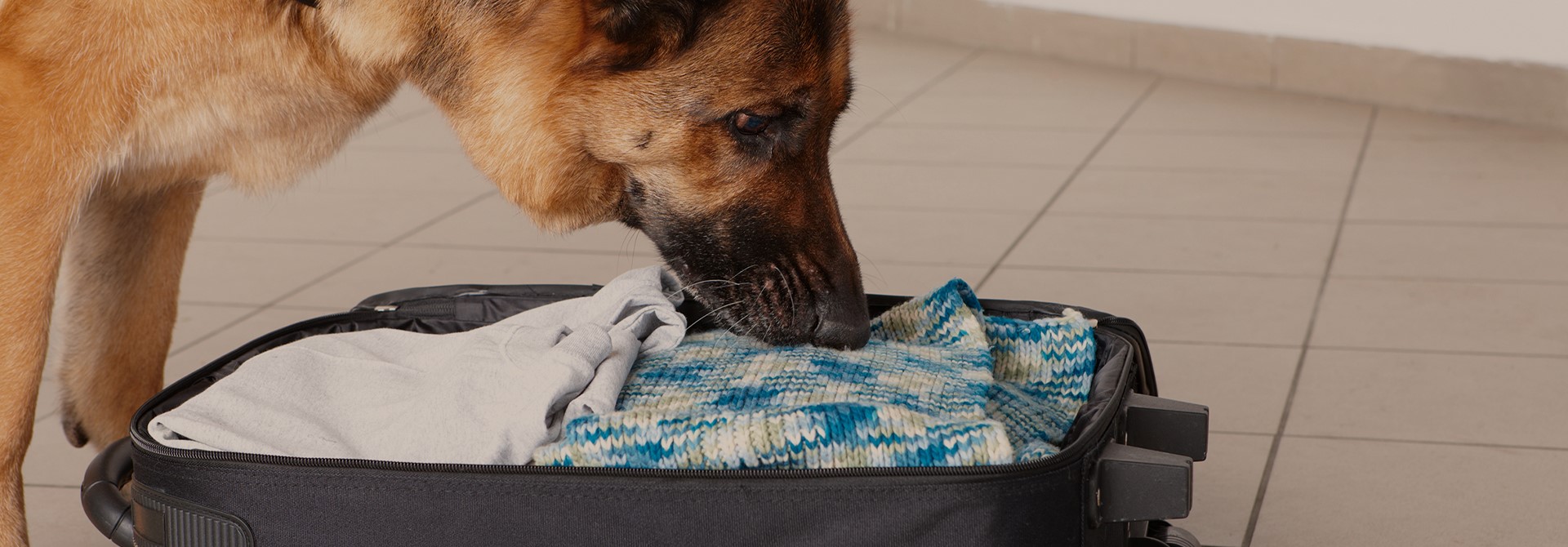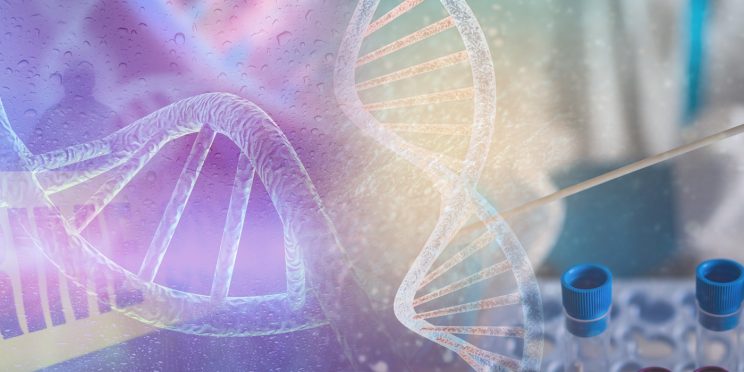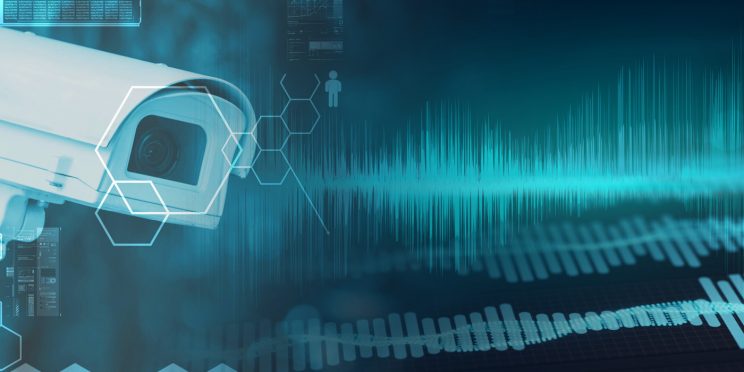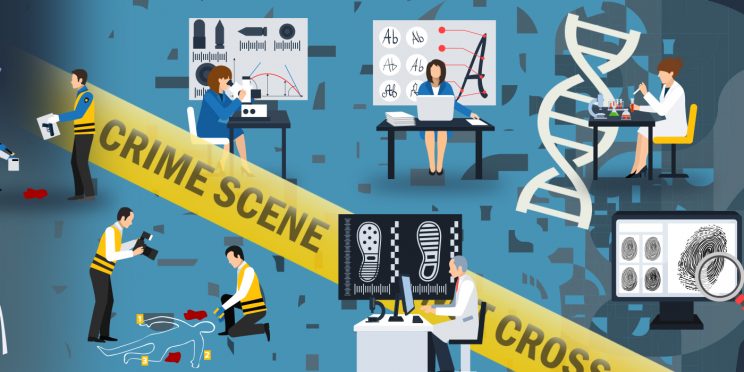National Institute of Justice and Florida International University
Date
April 2018
Overview
Dog “detector teams” support law enforcement and first responders in a variety of applications ranging from drug and contraband interdiction to locating human remains. Dogs offer a useful screening tool when trained and managed appropriately. Unfortunately, the lack of peerreviewed research combined with recent media coverage of dog detection failures has raised concerns about the effectiveness of dog-based detection and its admissibility in court. Furthermore, the widespread application of dog detector teams makes the standardization of protocols difficult; many national canine organizations have developed standards but only for their respective programs.
With National Institute of Justice (NIJ) funding support, Dr. Kenneth G. Furton organized the Scientific Working Group for Dog and Orthogonal Detector Guidelines (SWGDOG). SWGDOG was a professional forum of 55 experts from academia, law enforcement, military, and canine organizations. Partnering with local, state, federal, and international stakeholders, the group developed consensus-based best practice guidelines for dog detector teams.
"SWGDOG set the stage and provided a strong foundation of canine detector best practices that the OSAC Dogs and Sensor Subcommittee is currently developing into scientifically robust standards. The Subcommittee continues to uphold SWGDOG’s mission of defining credibility and enabling improved reliability and performance of detector dogs."
-Dr. Cynthia M. Otto, D.V.M., Ph.D., B.S. | Director, Penn Vet Working Dog Center, School
of Veterinary Medicine; NIST OSAC Dogs and Sensor Subcommittee Member
Funding for this Forensic Technology Center of Excellence success story was provided by the National Institute of Justice, Office of Justice Programs, U.S. Department of Justice.
The opinions, findings, and conclusions or recommendations expressed in this success story are those of the author(s) and do not necessarily reflect those of the U.S. Department of Justice.
Contact us at ForensicCOE@rti.org with any questions and subscribe to our newsletter for notifications.




